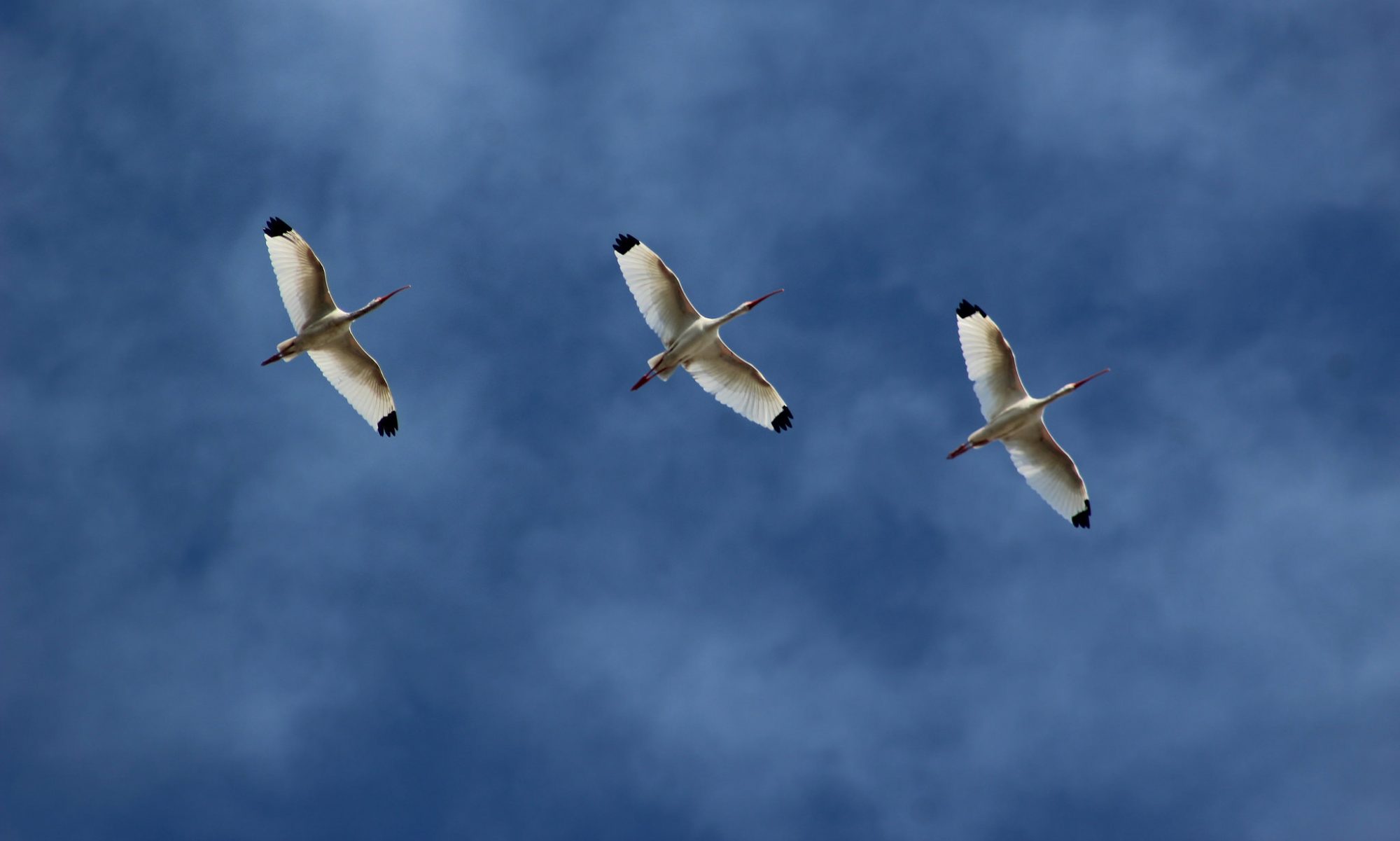Why are larger individuals of a particular species eaten more frequently than smaller ones?
Overview
The primary purpose of this investigation is to introduce students to 1) the collaborative process and guided inquiry format that will be used in each investigation, 2) the lab preparation and reporting assignments, and 3) resources available for help (lab manual and faculty instructor/peer mentors). As an introduction to the lab, this investigation thus differs from the others in that the hypothesis to be tested is provided to students: “Larger Catocala moths are eaten more often than smaller ones because the larger ones are easier to see.” As in each investigation, background information is presented to help frame the direction of inquiry. Foraging theory and prey crypsis are used to motivate the provided hypothesis.
Outcomes: Inquiry 5Design experiments to test biological hypotheses: A) Identify the dependent and independent variables, and control and experimental treatments in any experiment. B) Identify situations in which no “control treatment” is appropriate, and design an experiment where subjects are tested more than once or the experimental treatment levels take a wide range of... More, Inquiry 6Create graphs from a data set. A) Decide what type of graph is the most appropriate type to display a data set. B) Decide to which axis each variable should be assigned in order to represent a specific hypothesis properly. See materials aligned with Inquiry 6 More, Inquiry 7Use experimental results to support or refute a hypothesis: A) Interpret graphs and/or raw data with respect to a hypothesis B) Distinguish correlation from causation, and correctly attribute phenomena to biological mechanisms. C) Demonstrate how to distinguish observations/data resulting from a specific cause from those caused by random chance. D) Explain why experimental evidence... More, Inquiry 8Interpret and communicate scientific ideas effectively: A) Use the conventions of scientific writing, including images and graphs, e.g. in laboratory reports. B) Interpret and paraphrase information from valid sources, such as the textbook and the primary literature. See materials aligned with Inquiry 8 More
Materials
Lab-Aids Natural Selection Experiment (Kit #91). Provide one per group of students.
Shaw, T.J. & French, D.P. (2018). Authentic Research in Introductory Biology, 2018 ed. Fountainhead, Fort Worth.
Timeline
We suggest two weeks for this investigation if it’s the first lab investigation of the term.
Week 1: Begin planning form
- May submit by end of lab period, or in LRC
- Will complete as a group, not individually (all other planning forms are individually completed)
Week 2: Conduct experiment and compose lab report
Assessments
Keys and additional instructor-only notes (you will be asked to sign into a Google account and request access to view instructor materials)


